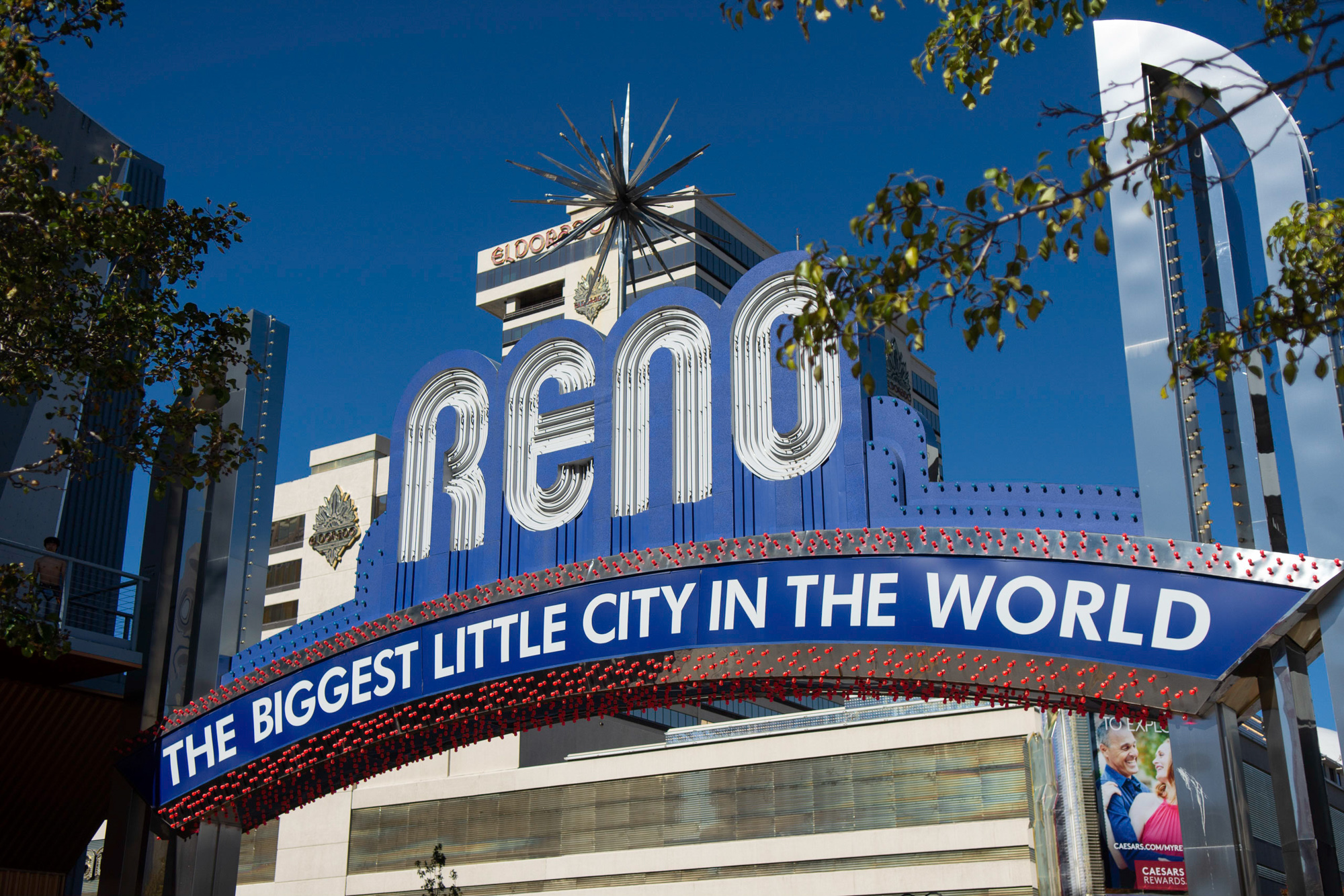Remember Reno’s diverse stories through historical markers

Despite being home to more than 150 historical markers, Reno fails to share its diverse stories through public history. The Reno community should invest in creating inclusive narratives about the city’s past, including establishing historical markers that share its exceptional history with the public.
I am an anthropology Ph.D. student at UNR, where I have served as the historic preservation research assistant for three years. Over the summer, I worked as an intern for the City of Reno to create a digital tour of historical markers. I broadly define historical markers as publicly displayed markers, plaques and informational panels pertaining to events, places or people of the past.
I have recorded more than 150 historical markers in and around the city. Only about 50 of these markers, or roughly 25 percent, were placed by the City of Reno. Most were placed by other groups, from Washoe County to the Soil Conservation Service. Although I did not expect Reno’s historical markers to offer a comprehensive view of the city’s past — after all, city officials did not know how many markers existed — I did expect to find some reflecting the broad and diverse stories of our historically rich community. Instead, I encountered repeated histories, including the California Trail and Virginia and Truckee Railroad, told over and over again.
Many members of our community are excluded from public histories. Of the at least 150 historical markers I recorded in the greater Reno area, four referenced Indigenous peoples of the Great Basin. Two referenced women of Reno and two referenced African Americans. One referenced Chinese people. None reference Latino/a Americans or other historically marginalized communities.
This problem is not unique. Across the United States, historical markers and monuments inaccurately represent history as predominantly white and male. Some areas are developing new historical markers programs to share more complete and inclusive histories. Clearly, Reno is not the only community struggling to share the past in the present.
We can do better.
Reno’s rich history should be championed by a strong historical markers program. Communities should be encouraged to share their stories. The City of Reno, as well as surrounding communities, should pinpoint potential locations and approach descendant communities to collaboratively create historical markers. For example, the historical location of Reno’s vibrant Chinatown needs a marker to educate people about this often-forgotten part of the city’s past. While City of Reno historic preservation staff is actively applying for grant funding, community members can also help.
To develop a strong historical markers program, we need to invest in Reno’s past and future. The city doesn’t have a budget dedicated to erecting new historical markers, although it does have a Historical Resources Commission, which is composed of volunteers who work to preserve Reno’s legacy. They deserve more resources.
What can you do to help create a historical marker program that tells a more inclusive past? First, encourage the City of Reno to develop a formal program with ample staffing, funding and an organized volunteer program that encourages public participation. To be sure, about 75 percent of historical markers were placed by non-city groups.
The City of Reno can ensure that local historical markers present a complete and accurate view of its past. By continuing to monitor historical markers, the citycan fill gaps in the stories told. Reno can model this program after cities with successful programs, such as San Antonio.
Second, submit an idea for a historical marker by visiting the city’s historic preservation website. Third, consider funding a historical marker. After all, most historical markers are funded by groups within the community.
If you find an unrecorded historical marker, submit it to the city and it will be added to the database. Finally, be sure to stop and read historical markers when you see them, but always do so with a critical eye. When you look, historical markers are everywhere, even if they may misrepresent our history.
Audrey Andrews is an anthropology Ph.D. student at the University of Nevada, Reno, where she serves as the Mamie Kleberg Endowment and Historic Preservation Program graduate research assistant. She has written for Ms. magazine.The Nevada Independent welcomes informed, cogent rebuttals to opinion pieces such as this. Send them to [email protected].
